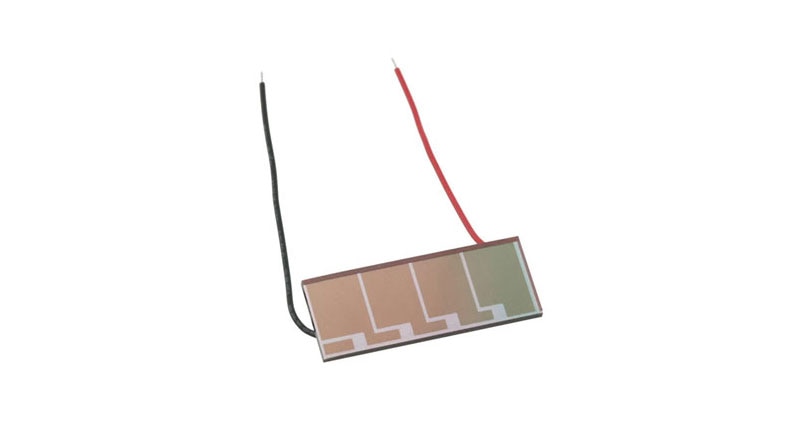Why Are Ruggedized Industrial PCs Replacing Traditional Factory Computers?
The modern industrial landscape has undergone significant transformation with an emphasis on integrating smart technology, which has necessitated a new class of computing hardware capable of operating reliably in challenging environments. In most cases, these harsh conditions are extreme temperatures, shocks, vibrations, dust, water, and humidity.
Reports have shown that over 85 percent of office-grade computers couldn’t remain operational under typical factory vibration levels. Excessive heat in an industrial space is another key issue, where the same study found 78 percent of consumer PCs overheated beyond their rating when exposed to factory-level heat. Even in shock tests at 15 grams of force, most standard PCs suffered internal component dislodging and physical damage. This led to accelerated component degradation.
All these problems with traditional computing hardware lead to far more severe consequences for industries across sectors. In manufacturing, such issues can result in downtime and compromised operational integrity. Industries have reported that unplanned downtime can not only halt an organization’s earnings but also cause those investments to incur costs. At times, the cost can be upwards of $100,000 per hour for large manufacturers in high-throughput industries.
While commercial-grade compute systems are designed for home/office environments, they perform poorly on factory floors where conditions are far from controlled. There is an inherent incompatibility that exists between the goals of Industry 4.0 and the traditional computing systems.
Ruggedized industrial PCs engineered for field operation
Ruggedized industrial PCs are built with a combination of modern computing power and hardened components that can tolerate extreme conditions. They feature a robust mechanical design, often incorporating sealed chassis and internal bracketing to protect components from shocks and constant vibration. This is achieved by integrating vibration-isolating mounts and shock absorbers, so even if installed on heavy machinery, the PC keeps running.
Their ability to run in a wide operating temperature range is achieved through both component selection and thermal design. Importantly, industrial PC manufacturers use industrial-grade components (such as CPUs, memory, capacitors) that support temperature ratings as high as 70°C. Another factor for operability in such temperatures is the optimization of the enclosure and cooling systems. Many rugged PCs have a fanless design using aluminum heatsink chassis with fins to dissipate heat.
 Figure 1: Chipsee’s PPC-CM4-070-D industrial Pi PC supports up to 36 V input power and operate reliably at 60°C. (Image source: Chipsee)
Figure 1: Chipsee’s PPC-CM4-070-D industrial Pi PC supports up to 36 V input power and operate reliably at 60°C. (Image source: Chipsee)
In addition to their IP65/66 rating for dust and water resistance, industrial PCs come with power input designs that handle unreliable power conditions on industrial sites. Many of these computing devices operate safely in a wide range of DC input voltage. Built-in surge suppression and filters protect against power surges and electrical transients. Additionally, these PCs are hardened against electromagnetic interference.
Strategic benefits of industrial PCs
Stakeholders always aim to minimize the operating costs of an industrial plant while maximizing productivity and profits. This becomes a key driver for the shift towards rugged industrial PCs, as there is a need for maximum uptime. As previously noted, every minute of downtime can be costly to industry operators, contributing billions of dollars in losses every year due to equipment failure.
While every machine can fail for many reasons, industrial PCs still benefit from their design to minimize the impact when failures do occur. Many of these computing devices support remote monitoring and diagnostics. They also come with hot-swappable components (such as drives and power supplies) and even redundancy in some high-end models. This design for high reliability and maintainability ensures that problems can be fixed faster when they arise.
 Figure 2: Phoenix Contact’s VL3 UPC 1110 Box PC uses aluminum external enclosure with DIN rail mounting support. (Image source: Phoenix Contact)
Figure 2: Phoenix Contact’s VL3 UPC 1110 Box PC uses aluminum external enclosure with DIN rail mounting support. (Image source: Phoenix Contact)
In large industrial facilities, hundreds of computing devices are needed. While industrial PCs have a higher initial purchase price, their total cost of ownership over their lifespan is significantly lower when compared to commercial PCs. Industrial PCs are built for longevity, often lasting about 8-10 years or, in some cases, even longer. Beyond their physical benefits, industrial PCs have cybersecurity controls that comply with standards such as IEC 62443. This stems from the fact that increasing connectivity exposes these industrial systems to cyber threats that exploit common vulnerabilities.
Overall, ruggedized PCs are a combination of engineering innovations from hardened exteriors to internal layouts and heavy-duty components. All of this leads to the single goal of reliable and continuous operations. This fundamental robustness is why they are replacing traditional PCs on factory floors and industrial plants.

Have questions or comments? Continue the conversation on TechForum, DigiKey's online community and technical resource.
Visit TechForum







